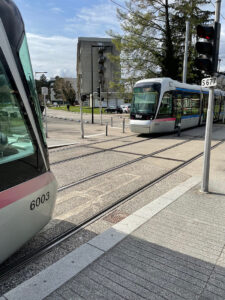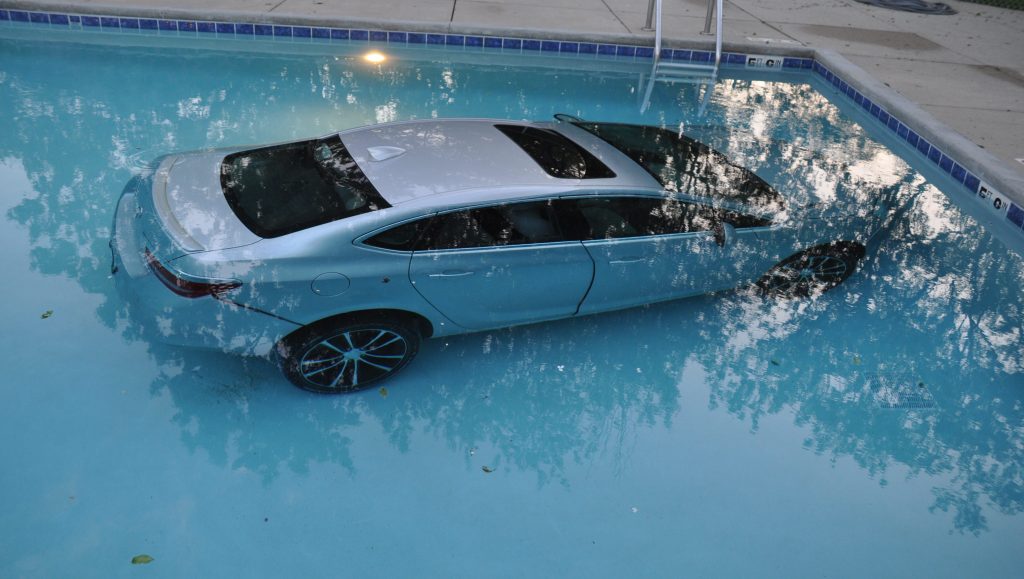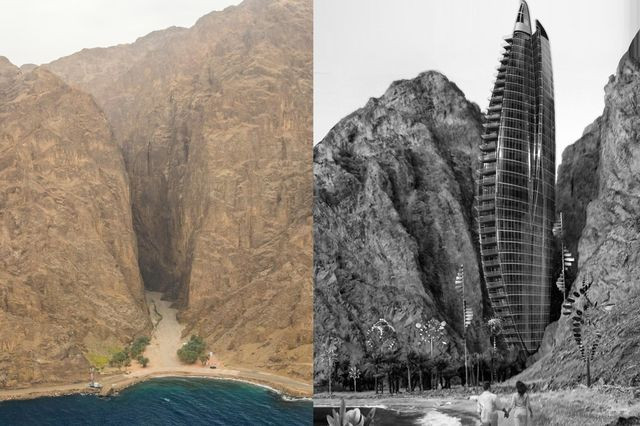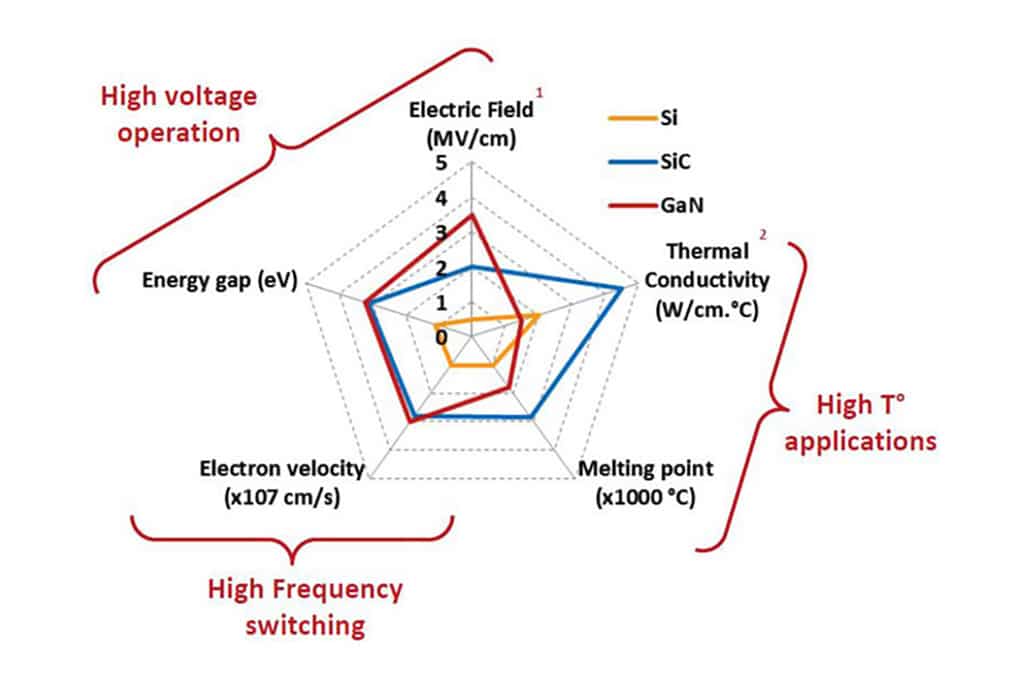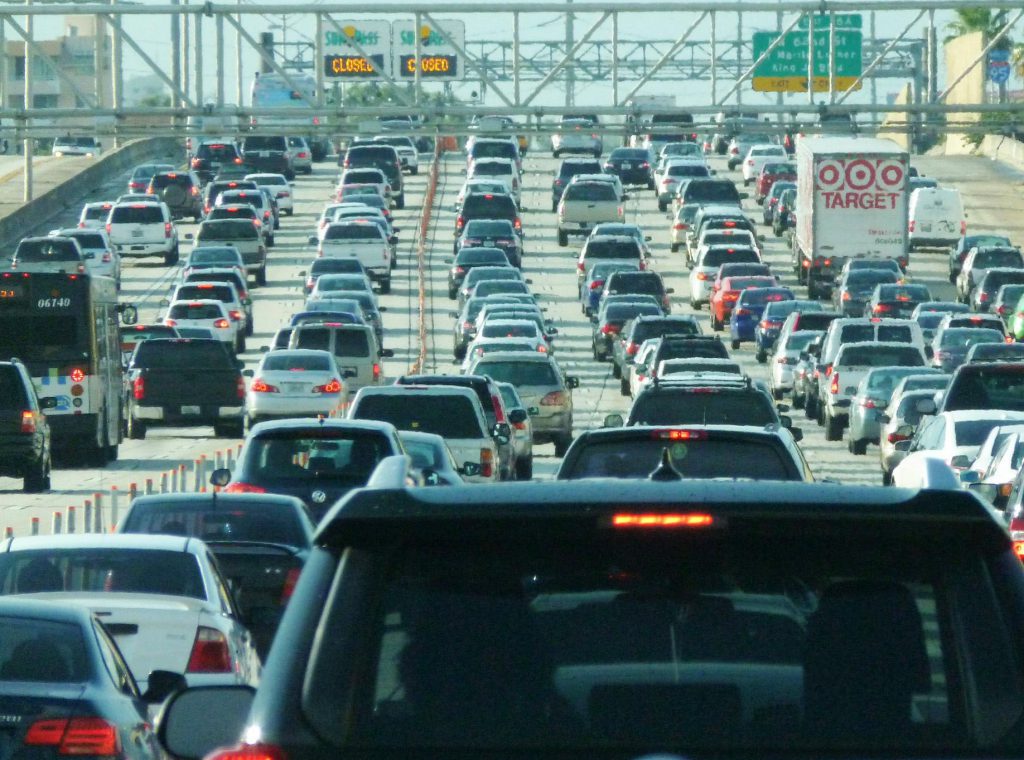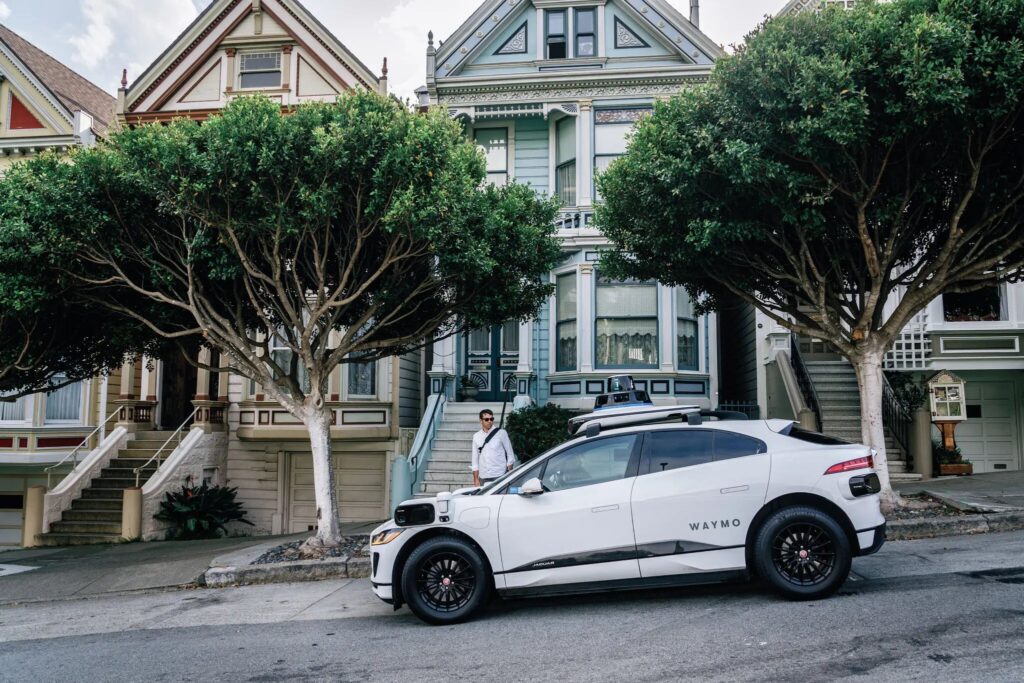
The driverless car as beau idéal continues to fascinate. The question of whether self-driving cars will work morphs into ‘can it be done at all’ and escapes the gravity of the actual world even as the fantastically expensive contraptions are tested on real people in real streets of real cities:
Waymo’s app, Waymo One, looks and works just like Uber’s does. Riders enter their destination and get an estimated wait time for a ride. Once you enter your requests, the company dispatches from its fleet of 250 white Jaguar vehicles it operates across the city. The cars are staggeringly expensive, outfitted with high-tech sensors and cameras, and are worth as much as $200,000.
The link within that paragraph goes to a 2021 article that paws at the question of the bottomless investment barrel being emptied into autonomous vehicles. And maybe we’re already onboard the 30-year odyssey toward the achievement. But if this is the way home, what is home supposed to look like once we’ve emptied every pocket to get there? We might ask, is the journey worth it? In a way, yes robotaxis can work. But… is this actually an achievement, or just the most expensive movie of all time?
Note how the writers/riders describing their self-driving taxi rides were mostly meh about the futuristic experience. Sounds familiar.
Image: A Waymo driverless car arriving in front of the Painted Ladies on Monday. Credit…Andri Tambunan for The New York Times


